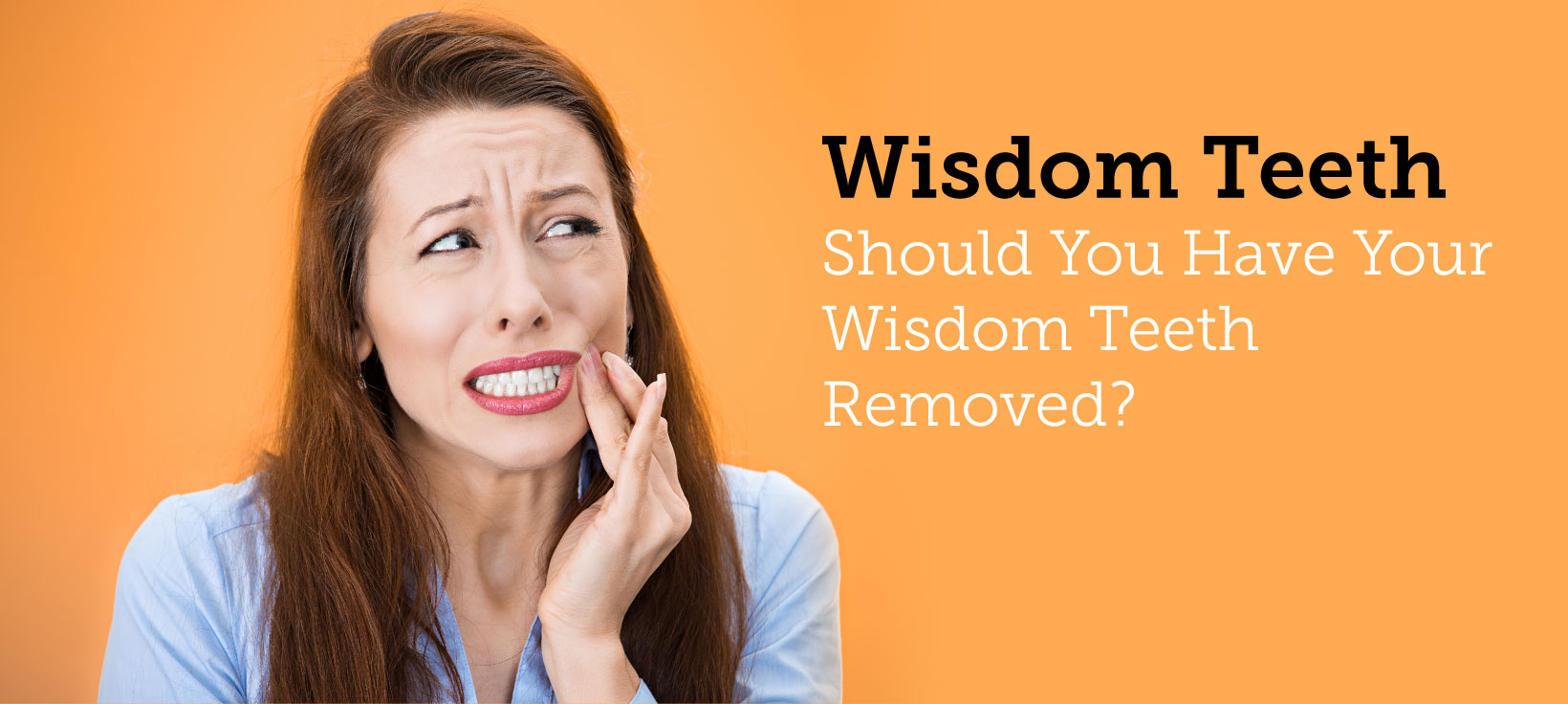
Jennifer Flach was a college junior when her wisdom teeth started making themselves known.
"My other teeth started moving around," she remembers. "The wisdom teeth were pushing out and undoing some of the orthodontic work I had done in high school."
At the same time, her brother — who's two years younger and was also in college — had no symptoms. But the family dentist suggested his wisdom teeth should come out too.
Jen and her brother had back-to-back wisdom tooth extractions and recovered together at home during spring break. "It was quite a week at my parents' house," she says.
Patrick Grother was 26 when his dentist mentioned that his wisdom teeth might need to be removed. His bottom left wisdom tooth had partially erupted into his mouth and a flap of gum still covered it. "The dentist said food would get trapped there and it could get infected," he says. Patrick then visited a periodontist, who said that the gum flap could be cut away but it would grow back.
"I put it off for awhile," Patrick said, but he eventually had the wisdom teeth on the left side of his mouth extracted.
A few people are born without wisdom teeth or have room in their mouths for them, but like Jen and her brother, many of us get our wisdom teeth taken out during our college years. And like Patrick, many of us are first alerted to the problem when our wisdom teeth don't emerge (erupt) into the mouth properly because there is not enough toom for them to fit.
"A part of the tooth may remain covered by a flap of gum, where food particles and bacteria can get trapped, causing a mild irritation, a low-grade infection called pericoronitis and swelling," says Dr. Donald Sadowsky, professor emeritus of clinical dentistry College of Dental Medicine and the Mailman School of Public Health. This usually happens with the lower wisdom teeth. Pericoronitis and the pain it causes is the most common reason people need their wisdom teeth taken out.
Pericoronitis is just one of the reasons that you may need to have a wisdom tooth or more than one removed.
In many people, the wisdom teeth never even partially enter the mouth. Often the teeth are tilted under the gum and blocked from coming in by bone or other teeth. Dentists call these impacted teeth; they may cause pain, but you may feel nothing at all for years. You may not even be aware that you have wisdom teeth until your dentist sees them on an X-ray.
Regular dental visits are important during your teens and early twenties because this is the time when teeth are most likely to decay. Regular visits allow your dentist to follow the progress of your wisdom teeth with X-rays.
Even if your wisdom teeth aren't causing any pain or other problems, they may cause problems at some point. The most common problems are decay, infection, and crowding or damage to other teeth. But more serious complications can occur, including the development of a cyst that can cause permanent damage to bone, teeth and nerves.
However, not all wisdom teeth need to be removed.
If removing wisdom teeth is necessary, it's easier in younger people because the tooth roots are not fully developed and the bone in which the teeth sit is less dense. Extracting your wisdom teeth before any complications develop also allows for shorter recovery time and less discomfort after the surgery.
- 6:54 PM
- 2 Comments





